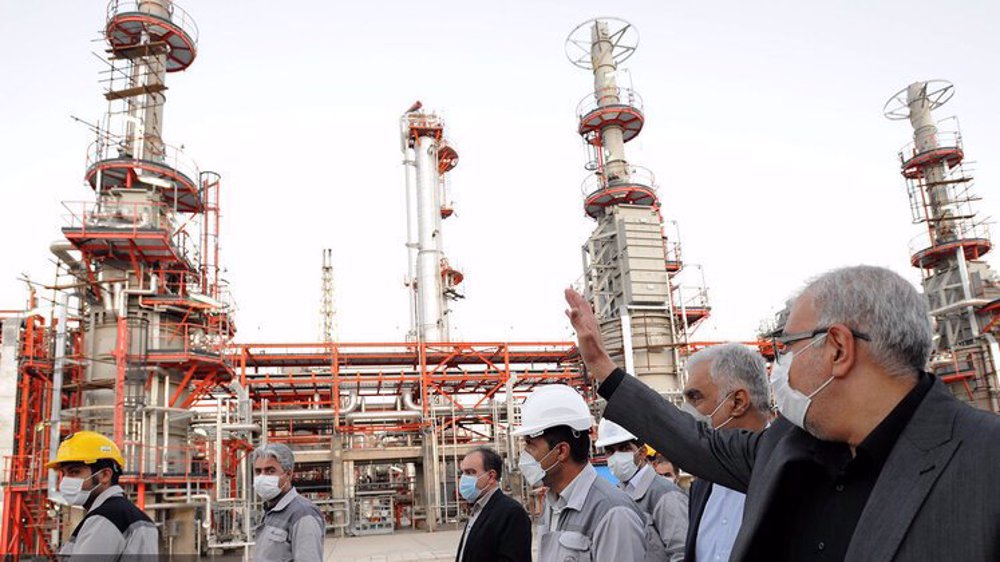Alwaght- Iran has signed over $80 billion of memorandums of understanding with foreign investors to participate in the financing of oil projects, of which over $5 billion have been converted into contracts, Deputy Minister of Petroleum Houshang Falahatpour says.
“The policy of the Ministry of Petroleum in the 13th government has been to make maximum use of the financing capacity from within the country. Hence, we have directed the capital of banks and large holdings of the country to the oil industry. For example, we opened the door to steelmakers to invest in the development of gas fields,” he told Fars news agency.
“It is necessary to use the financial power of these industries to provide them with stable gas. As a result, if the steel company invests in the development of gas fields, it will be exempted from applying restrictions on gas supply in the cold season of the year, because it will receive its gas from the developed field,” Falahatpour said.
The government also contacted large banks and holding companies to participate in the construction of oil refineries, including the Shahid Soleimani Oil Refinery.
“In addition, we have had detailed discussions with foreign countries to attract investment,” he added.
“So far, we have signed more than $80 billion of memorandums of understanding with foreign investors to participate in the financing of oil projects, including the development of fields and the construction of refineries. More than $5 billion of this amount has been converted into contracts, and the rest, God willing, will be converted into contracts one after the other.”
Iran is the holder of the world’s largest oil and gas reserves combined, and at current recovery rates, it can continue to produce hydrocarbon resources for another 100 years, according to state officials.
However, sustainable production in the industry requires investment and the use of modern equipment.
Falahatpour said the government is trying to make up for the backwardness in the field of investment by making maximum use of domestic capacities and developing relations with neighboring and Asian countries.
“God willing, good things will happen in the coming months and years,” he said without elaboration.
Last week, the head of the National Iranian Oil Company (NIOC) said Iran plans to increase its oil and gas production capacity by 50%, for which it needs $160 billion of investment.
To achieve this, the country needs to invest $89 billion in the oil industry and $71 billion in the gas sector, Mohsen Khojasteh-Mehr said in an interview with official news agency IRNA.
“In order to increase the oil and gas production capacity in the country by 50%, we need an investment of $160 billion,” Khojasteh-Mehr said. “With this investment, the oil production capacity will reach 5.7 million barrels and the gas production capacity will hit 1.5 billion cubic meters per day,” he added.
The government is implementing 32 production maintenance projects signed by its predecessor. So far, seven plans to increase recovery and maintain production have come online and the rest are close to becoming operational.
Khojasteh-Mehr put the total value of contracts with Russians at $4.5 billion, which involve seven Iranian oil fields.
Moreover, a number of oil and gas fields have entered the study phase and in some cases, these studies have been completed by Russian companies.
The Islamic Republic has launched a campaign to localize products, under which 85% of goods needed in the oil industry is now being sourced domestically.
A variety of equipment is now being built in the upstream and downstream sector. According to Khojasteh-Mehr, 10 widely-used items have been identified and introduced to domestic manufacturers to build them.



























